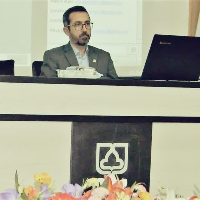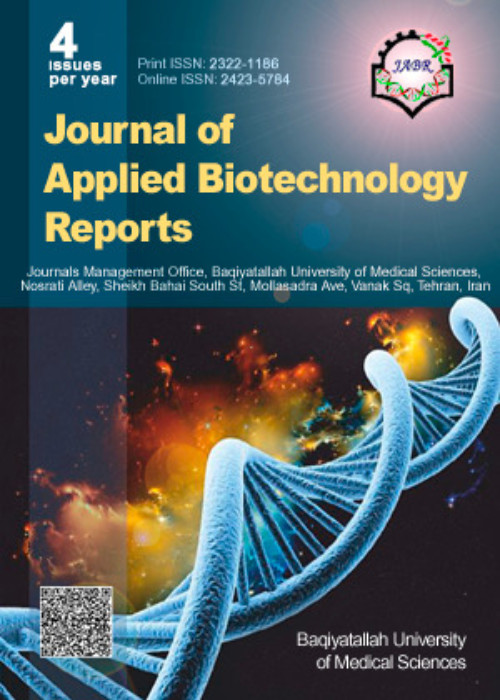Analysis of the sign of semantics in the story of Prophet Moses (a) and Pharaoh
Author(s):
Article Type:
Research/Original Article (بدون رتبه معتبر)
Abstract:
The sign-semantics is one of the new topics in literary criticism that has many uses in analyzing various types of texts as well as understanding how to produce and receive meaning. Nowadays, semiotics-semantics embraces domains beyond classical and constructivist semiotics. One of these domains is the narrative forms of discourse that appear in the form of discursive systems, in which signs are reminiscent of signs, and from common signs and clichés enter into ordinary signs and light. In this article, using the analytical-descriptive method, the components of the Prophet Moses (a) and Pharaoh have been studied. This story is due to the nature of narrative discourse, containing numerous and value-driven actions, and in this regard it is worth considering the sign-semantics of governing systems. In this research, the desirable hegemony of the Prophets, namely the communion and promotion of the righteousness and unity of God, is shown by means of sign-semantics. In this essay, various types of discourse systems such as system of action, emotional system and tension system, concepts of concept processing, message transmission and communication with the audience were evaluated in the story. It was shown how the Prophet, using discourse systems, explains the legitimacy of God and Rescues his people and heks the discourse of monotheism.
Keywords:
Language:
Persian
Published:
Journal of Religious Literature and Art Studies, Volume:3 Issue: 12, 2019
Pages:
63 to 84
https://www.magiran.com/p2074259
سامانه نویسندگان
مقالات دیگری از این نویسنده (گان)
-
Reading Nihilism and Ways to Deal with It in the Novels "Zahr al Laymun and Other Stories" and " Telk alRaeha " Based on Irvin Yalom's Existential Psychotherapy Approach
Masoud Salmani Haghighi, Abbas Ganjali *, Seyyed Mahdi Nouri Keyzoqani
Iranian Association of Arabic Language and Literature, Winter 2025 -
The function of the description level of Norman Fairclough's model in analyzing the critical discourse of the novel "Barid al-Layl"
Ali Akbar Noresideh *, Reihaneh Emami Chahar Taq
Journal of Arabic prose Studies, -
Analyzing the ultimate anxiety of death and the ways to deny it in the novels "Zahr al-Laymoun and other stories" and "Telk al-Raeha" based on the theory of Irvin David Yalom.
, Abbas Ganjali *, Sayyed Mahdi Nouri Keyzgani
Journal of The Journal of New Critical Arabic Literature, -
The semantics of the word “dispute” based on the seven types of Izutsu's simultaneous semantic theory
Sakineh Mosavi Asl, Shaker Ameri *, Ali Akbar Noresideh
Journal Of Linguistic and Rhetorical Studies,




